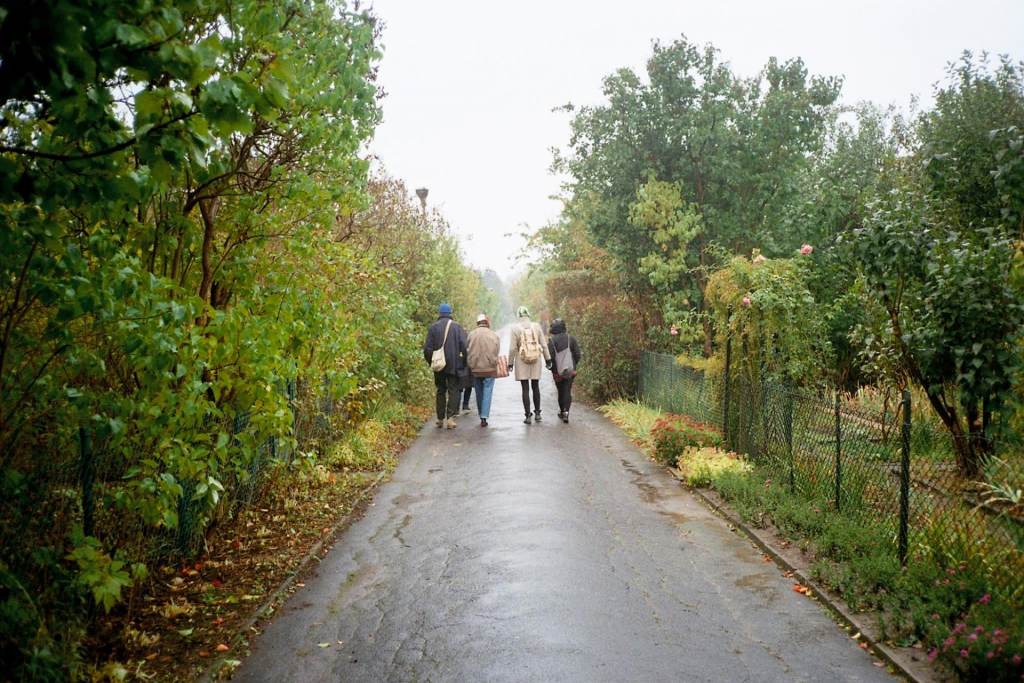Allotment gardens are plots of land rented by individuals, typically used for growing vegetables or flowers. There are around 1 million such plots in Poland and 1.2 million in Germany which are mostly associated in private or state garden societies. From the beginning of its establishment, allotment gardens were to serve the working population of cities in the production of food and outdoor recreation close to the place of living. Their social functions were fulfilled by frequency of interactions and practices (f. e. gardening) of its users as well as social relations produced in shared space inside the gardens available for all residents from the neighbourhood. Today, growing demand in the housing market influences the pressure exerted on land in the city, especially including the areas occupied by allotment gardens.
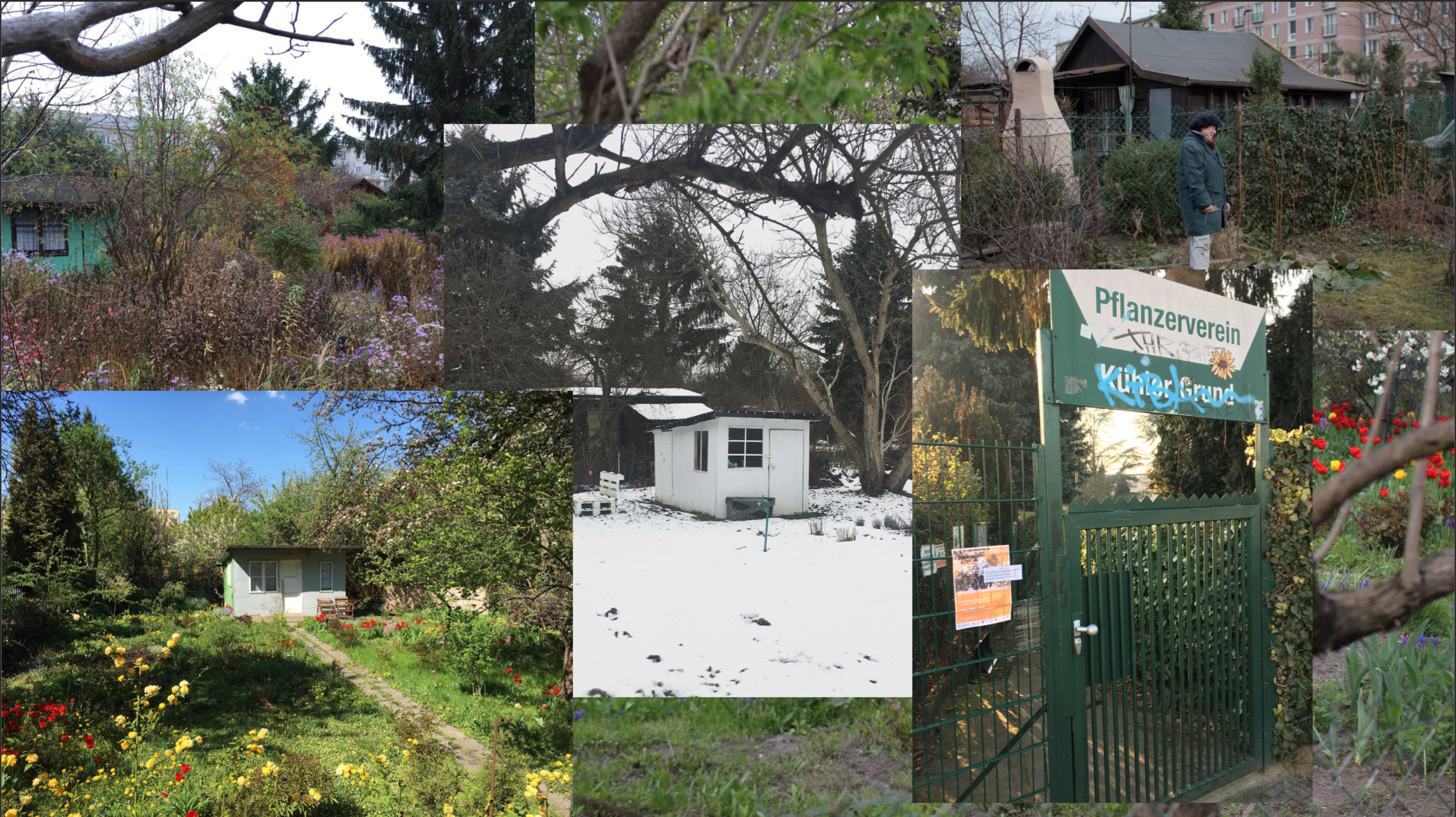
When I am on the allotments, doesn’t matter on which one as they all look similar, Many memories come back. In my childhood, I had to spend a lot of time with my grandparents on the allotment garden, located on the outskirt of my town. I didn’t like it. I would rather prefer to spend time with my friends on the backyard, playing, eating sunflower seeds in the front of the block, than digging in the soil or watering the tomatoes. Sometimes there was no other way and I had to be on the allotment. In the summer, my parents just dropped me to my grandparents' garden on their way to work. Back then, my favourite activity was pitting cherries – simple and mechanical work, perfect for 11-years-old child. Sometimes I would go on long trips in the garden, getting lost in the alleys and finding my way back only thanks to the diverse, often bizarre, allotment architecture.
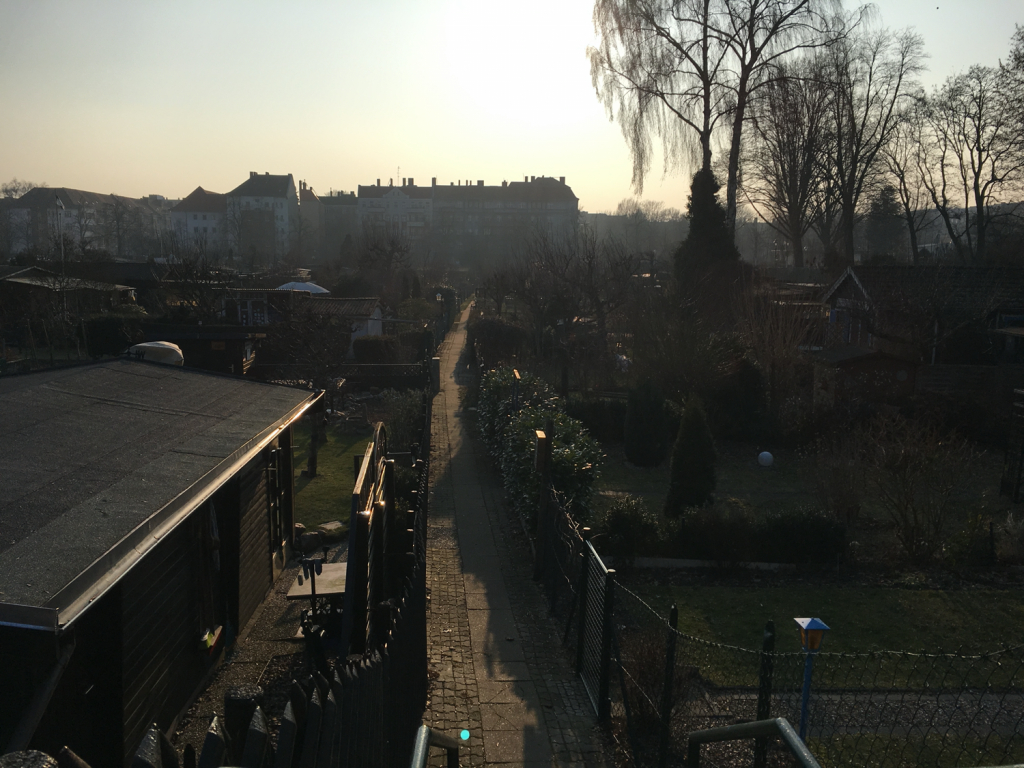
"Kleingarten Dr. Schreber" – the first type of Schrebergarten (from Moritz Schreber - one of the most eminent proponents of infamous black pedagogy / Schwarze Pädagogik, but that’s the story for another time) founded in the 1860s, was conceived primarily as a place for the play and recreation of children. "They dependent on the unpleasant and dangerous threat of cobblestone street, small damp courtyards, and tiny gardens for their games” - said the initiator Ernst Hauschild. In the Schrebergärten, children, under the supervision of their parents, had the possibility to explore the gardening and orchards within the city environment.
Over the years, the needs of the inhabitants of industrial cities have increased. Economic crises, wars and inter-wars have occurred Europe forcing adults to ‘take over’ the land and do serious gardening for the food production. In a nutshell, this is how allotment gardens that we know today were created. Certainly, the ‘Schreber movement’ contributed to the popularization of collective farming, but it is worth remembering that urban gardening has a longer tradition.
Allotment gardens and its users are strongly connected to the particular and strictly limited space – allotments which has been formed by subdividing piece of land into a several parcels and one garden can consist 100 or even 500 different micro-gardens. Therefore, the question of gardeners 'identity’ and attachment to their little gardens individually or to the garden as a whole can help to understand this community and the way in which allotment gardens exist in cities and communicate with the closest environment. Is this particular space a container for social relation that could develop social ties within the community? If we assume that the mental proximity of allotment gardeners is high along with identity of gardeners and attachment to the space as well and number of existing networks, then the community of gardeners can be a well-functioning community that is able to fight for its place in the city. They are not afraid of letting others in and create social places (f. e., sharing their plots for community purposes).
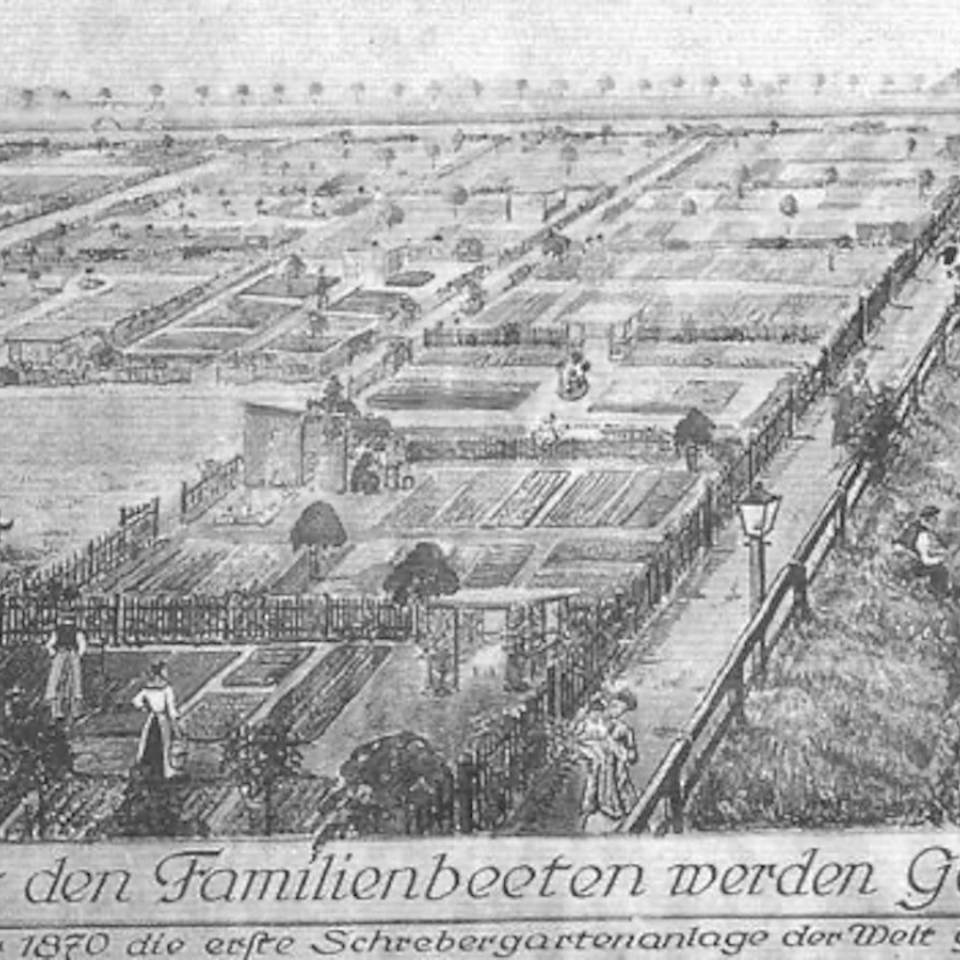
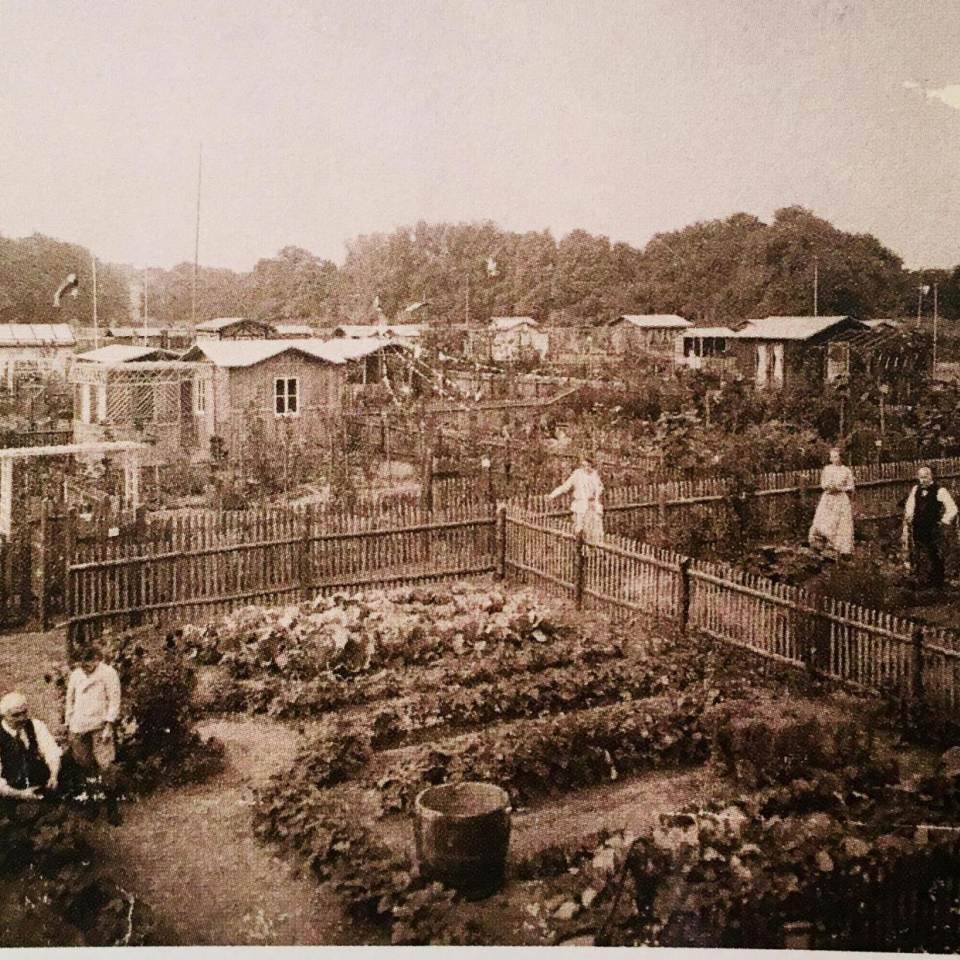
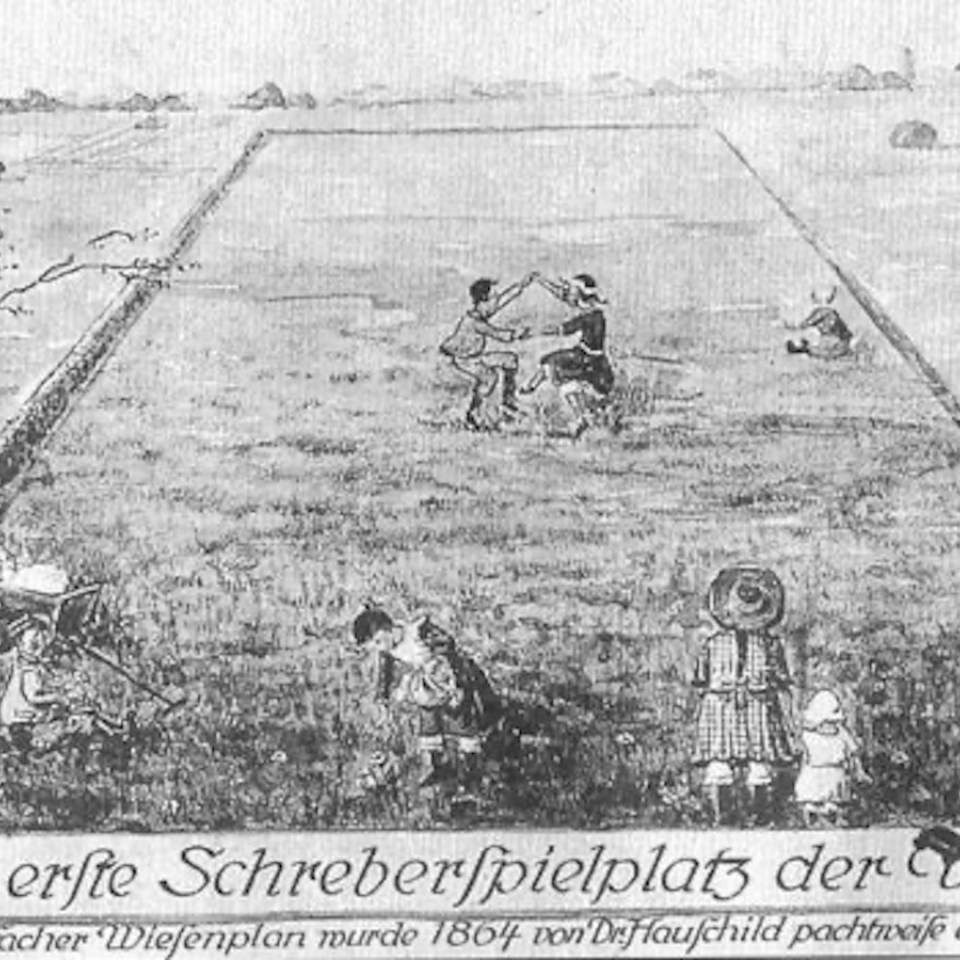
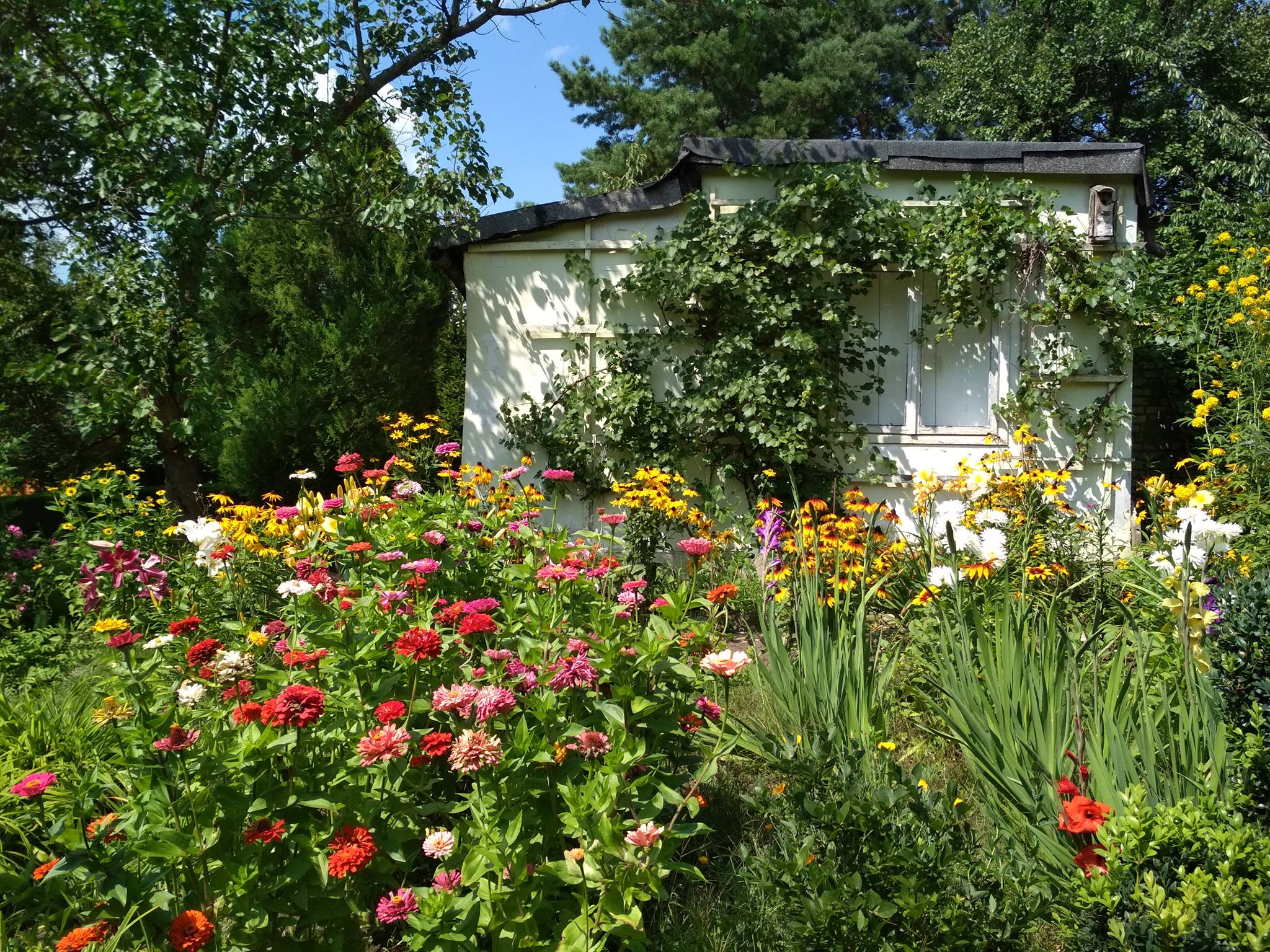
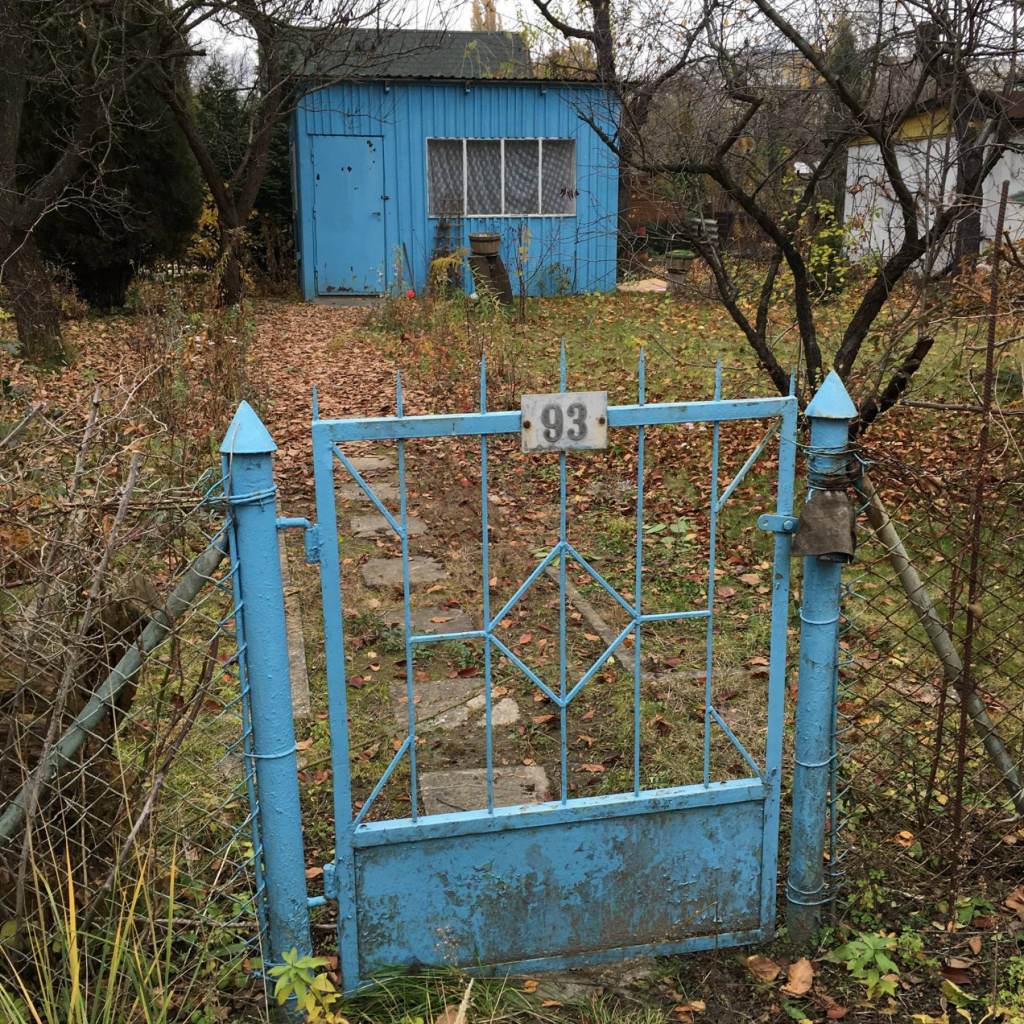
It is best to admire the allotment huts in winter when all leaves fall. Melancholy and sentimental landscape, with a whole range of DIY works and products, are an extension of the gardener’s house. The bathtub from the plot" - it definitely deserves a separate profile on Instagram). In winter, the old editions of Działkowiec magazine wave from the moisture and fungus. The allotment hut - build by a gardener with tenderness, on the basis of a carefully drawn plans many years ago, is slowly being taken over by nature.
One of the gardener said to me that his plot is maintained in the “English style”. Apparently neglected and left to nature, with a submerged house - a Warsaw kiosk from the 1950s on the middle. The cheap English-wild-state has been maintained for several years. However, when you have a good look, there is some order in this chaos. The gardener can name each single tree and bushes, sometimes he even prunes them, tries to make sure that this plant does not grow next to that plant. He hangs fatty balls for birds on trees. In order to be inside his garden, you have to pierce yourself with your hands and legs, a bit like entering to a semi-wild flowerbed. This is the so-called adventure plot. The same category includes jungle plots, chaos-plots, forgotten plots or plots of people who are old or no longer want to play with the gardening. All of them give a shelter to urban species that do not like artificial grass from the roll and regular mowing.
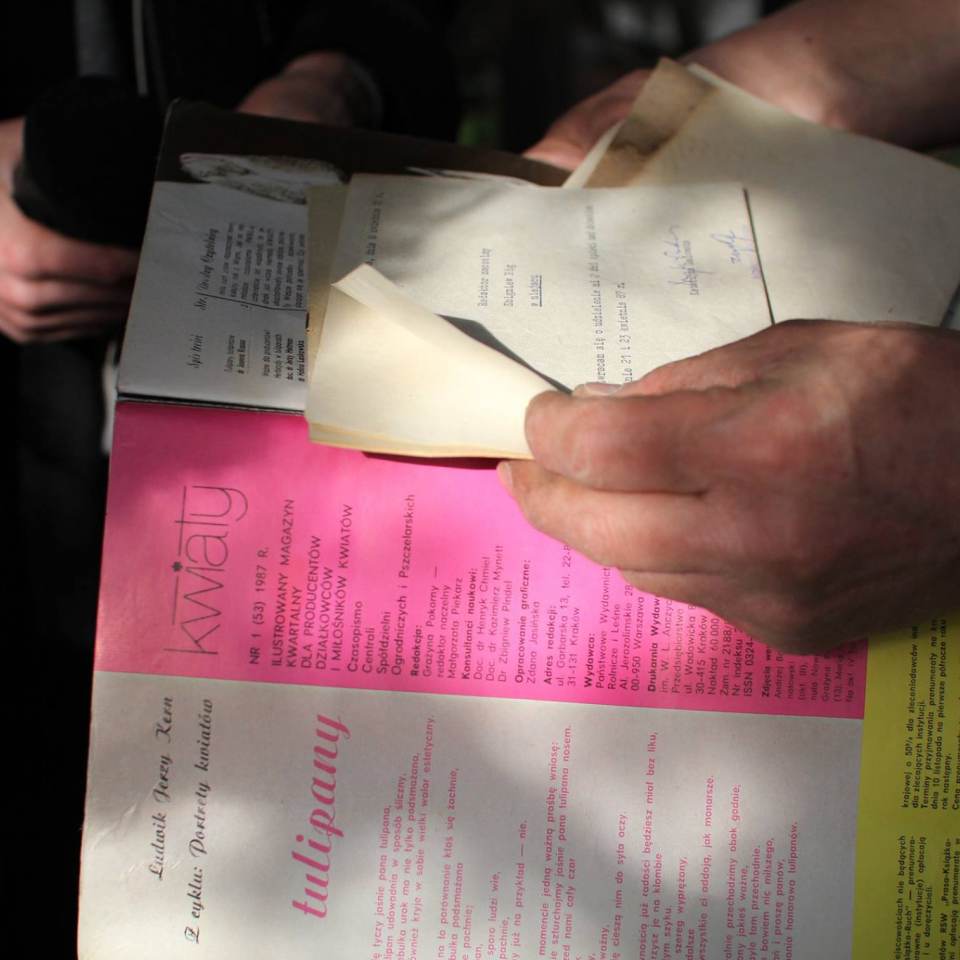
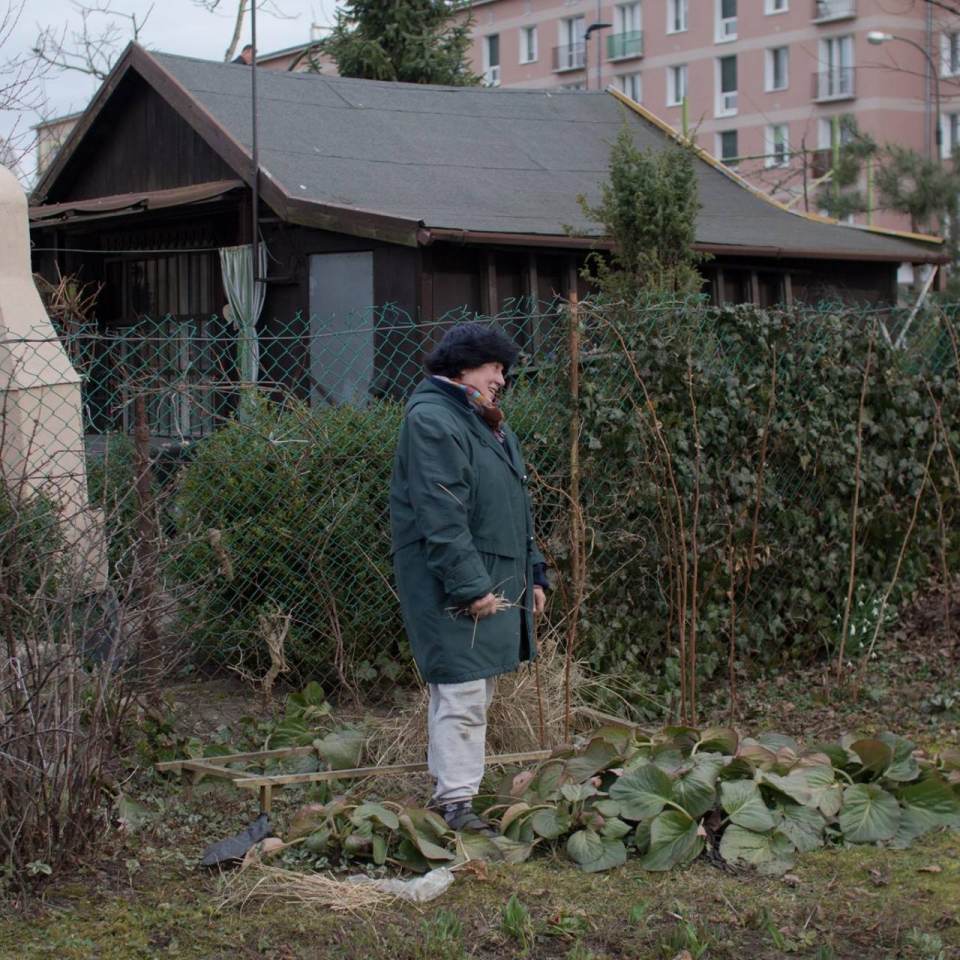

Zrealizowano w ramach stypendium MKiDN







